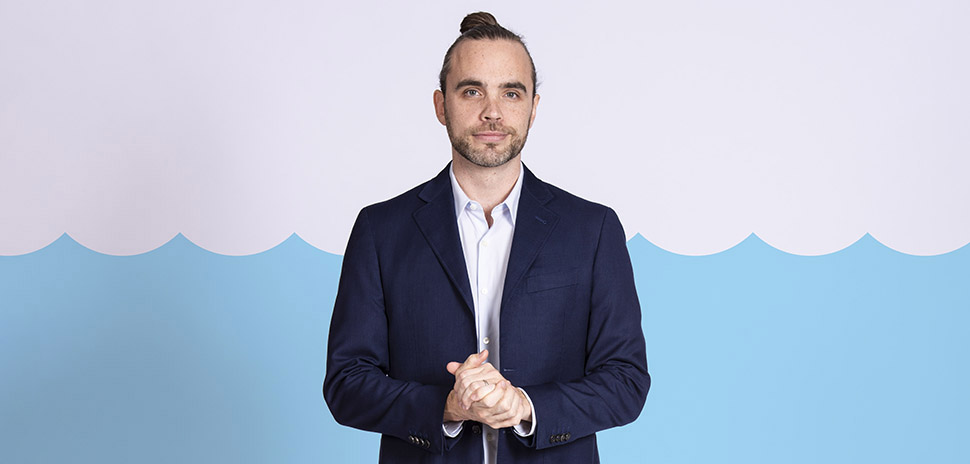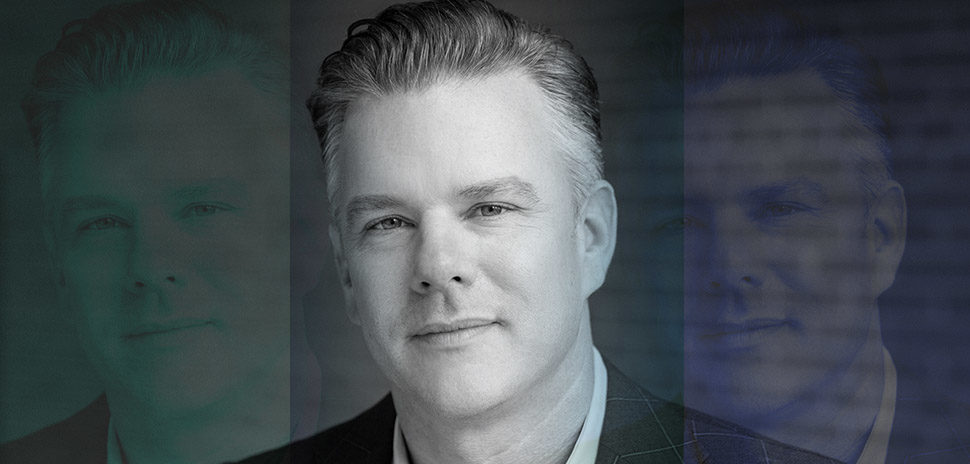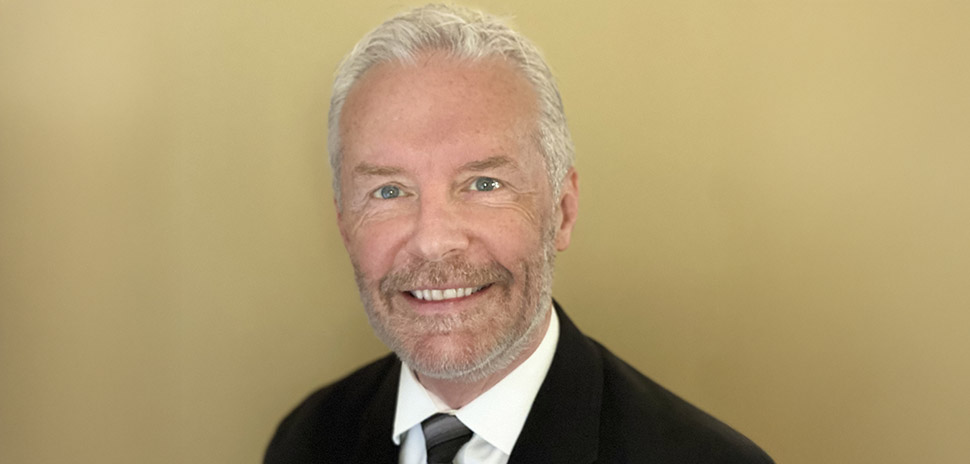Matt Tranchin wants to help keep the world above water, one island nation at a time. With the help of innovative partnerships offering up renewable and resilient energy, he has a plan that can make the ultimate economic sense, too.
The idea? To help island nations transform their national energy infrastructure at no cost to governments, Tranchin says.
The idea? To help island nations transform their national energy infrastructure at no cost to governments, Tranchin says.
Now, with three key public-private partnerships underway, he wants to scale to help more island communities achieve their energy and resilience goals.
The Dallas native found himself on the front lines of the global climate change crisis back in 2017, after a chance meeting with the president of the Republic of Palau, a nation in the western Pacific with more than 340 volcanic and coral islands.
The impact of global warming, seen with rising sea levels and natural disasters, is particularly devastating for island nations, notes Tranchin, who has a background in designing public-private partnerships and connecting like-minded individuals.
The meeting with Palau President Tommy Remengesau launched Tranchin’s career on a new trajectory, leading him to become the executive director of the Island Resilience Partnership (IRP).
‘Their future is our future’
“If you accept that climate change poses an existential crisis and you want to get involved, it’s only natural to want to prioritize the world’s most vulnerable communities,” he said in an interview.
While some might not expect to find an organization aimed at island resilience in this part of land-locked Texas, Tranchin simply explains: “Their future is our future.”
He feels fortunate to have met a world leader who represented one of those communities, he says. President Remengesau “gave us the building blocks and the opportunity to create a partnership model that could be replicated.”
READ NEXT Island Resilience Forum: “I came, I saw, and I fell in love with EarthX and Dallas
Tranchin created the IRP to help island nations build public-private partnerships to trade in their reliance on imported diesel, an expensive shipped-in commodity, for a new energy infrastructure meant to bring sustainable and renewable energy that’s able to be developed and stored locally in the communities.
The biggest challenge: Time
Tranchin sees time as the biggest challenge in the fight against climate change.
“The global transition towards renewable energy and resilient infrastructure is beginning to happen,” he said, “but not at the scale or the speed required to avert the worst effects of the climate crisis.”
The IRP is a way to do something about that, he says.
Tranchin’s resume has been filled with political and community-changing endeavors, such as working in President Barack Obama’s administration in the White House, helping his buddy, Clay Jenkins, run for political office in Dallas County, and leading the Coalition for a New Dallas, a Super PAC launched by D Magazine founder Wick Allison, pushing for the removal of highway I-345 on the east side of downtown Dallas.
It was Tranchin’s knack for making connections that made way for a partnership between EarthX founder Trammell S. Crow and GridMarket CEO Nick Davis with Palau President Remengesau.
![Island Resilience Partnership CEO Matt Tranchin with Earthx founder Trammell S. Crow. [Photo: Michael Samples]](https://s24806.pcdn.co/wp-content/uploads/2020/04/Matt-Tranchin-Trammell-S-Crow_970_MNS3595.jpg)
Island Resilience Partnership CEO Matt Tranchin with Earthx founder Trammell S. Crow. [Photo: Michael Samples]
GridMarket, an artificial intelligence company that spun out of NYC’s Hurricane Sandy Task Force, has a commercial platform that helps companies transition to renewable energy and sustainable infrastructure. With the help of a no-interest loan provided by Crow, GridMarket set out to tailor its platform to cater to the needs of small developing island nations.
Tranchin says the partnership has become a blueprint to help island nations that are specifically vulnerable to the impact of climate change via rising sea levels threatening to swallow significant parts of their land in the coming decades.
The Republic of Palau has begun taking its first steps in hosting the world’s largest microgrid of locally-sourced energy with the help of a 30-year public-private partnership agreement with ENGIE Eps., a Paris-based energy storage system and microgrid developer.
A healthy return
In the agreement, ENGIE will bear the upfront costs of developing the energy infrastructure, charging the island nation a cheaper rate for the renewable energy it will develop, but, years into the project, the microgrid developer will begin to make a healthy return on its investment.
This year, Tranchin said Palau’s renewable energy is expected to grow from 3 percent to 55 percent of its energy generation, while reducing the cost of energy by more than 30 percent. Building off the momentum from its inaugural partnership with Palau, IRP has gone on to establish public-private partnerships with the Independent State of Samoa and the Kingdom of Tonga.
From there, it’s a matter of continuing to build up the infrastructure and to take the “blueprints” to other island nations, something the partnership has already begun working on.
“Our hope is that, at this time next year, we will not only be working with several more island governments, which will join us as partners, but we’ll have completed national energy transformations we can point to as further proof points,” Tranchin said in December. “It’s not enough to just help island nations make the transitions to renewable energy and resilient infrastructure, the rest of the world needs to make that leap as well.”
Quincy Preston contributed to this story.
A version of this story was originally published in Dallas Innovates 2020: The Magazine.
Read it online
Dallas Innovates 2020: The Magazine highlights Dallas-Fort Worth as a hub for innovation. Our third annual print publication declares “The Future is Here.” It’s a moment for innovation in Dallas-Fort Worth, one that we’ve been working toward for a long time.
![]()
Get on the list.
Dallas Innovates, every day.
Sign up to keep your eye on what’s new and next in Dallas-Fort Worth, every day.
































